Object of the Week: Burgess’s Bracciano House
-
Graham Foster
- 14th November 2017
-
category
- Blog Posts
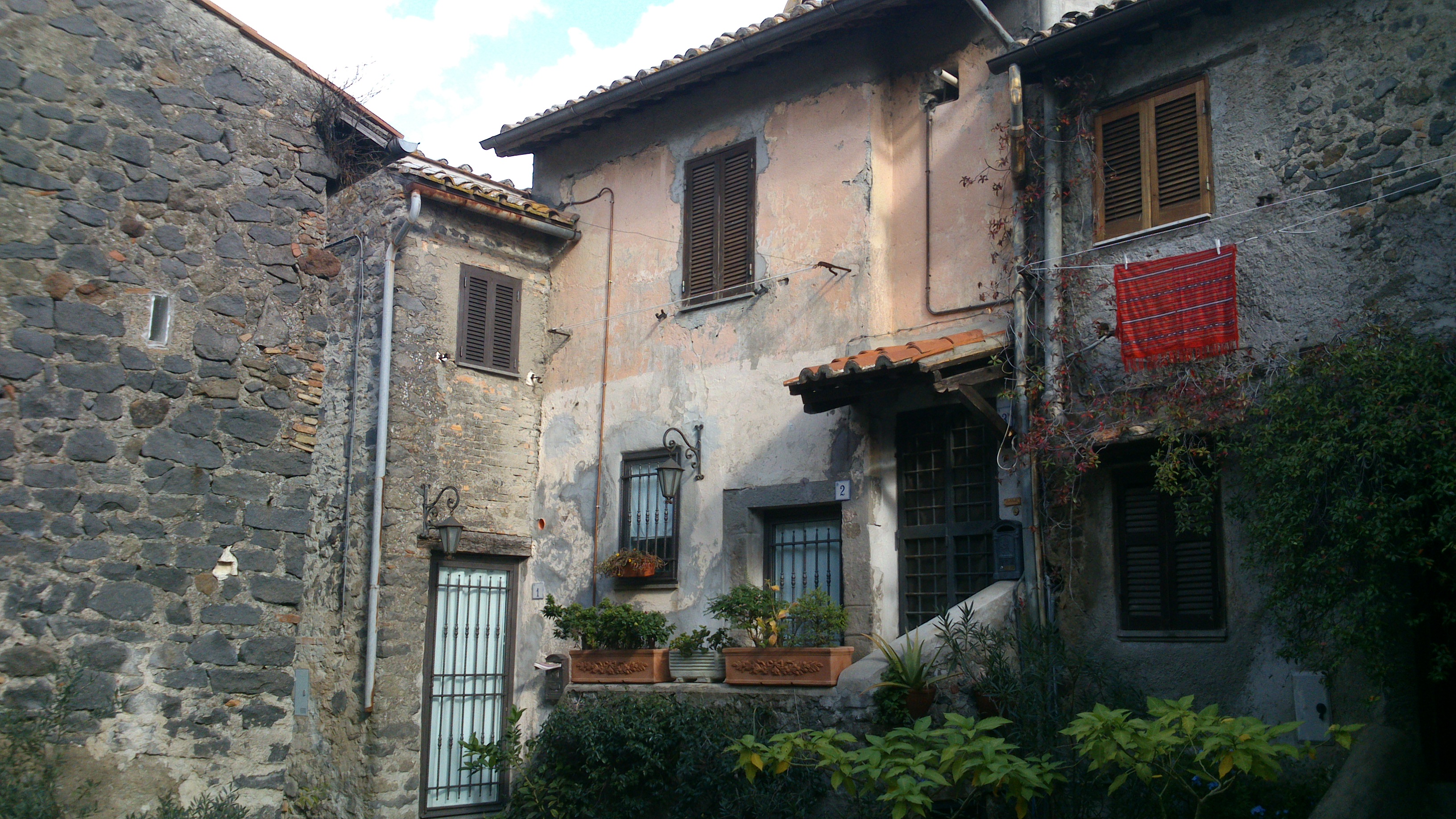
In 1970, Burgess moved with his family from Malta to Italy. They settled in the town of Bracciano, where they bought a fifteenth-century house on the cobbled Piazza Padella. This house would be the centre of Burgess’s creative life until he moved to Monaco in 1975, despite frequent trips to Malta and the United States.
Burgess bought his house on Piazza Padella from the American artist Milton Hebald, who sculpted the bust of Burgess which later appeared on the front cover of his autobiography. The original sculpture is now in the Burgess Foundation’s archive in Manchester and can be seen in the below photograph.
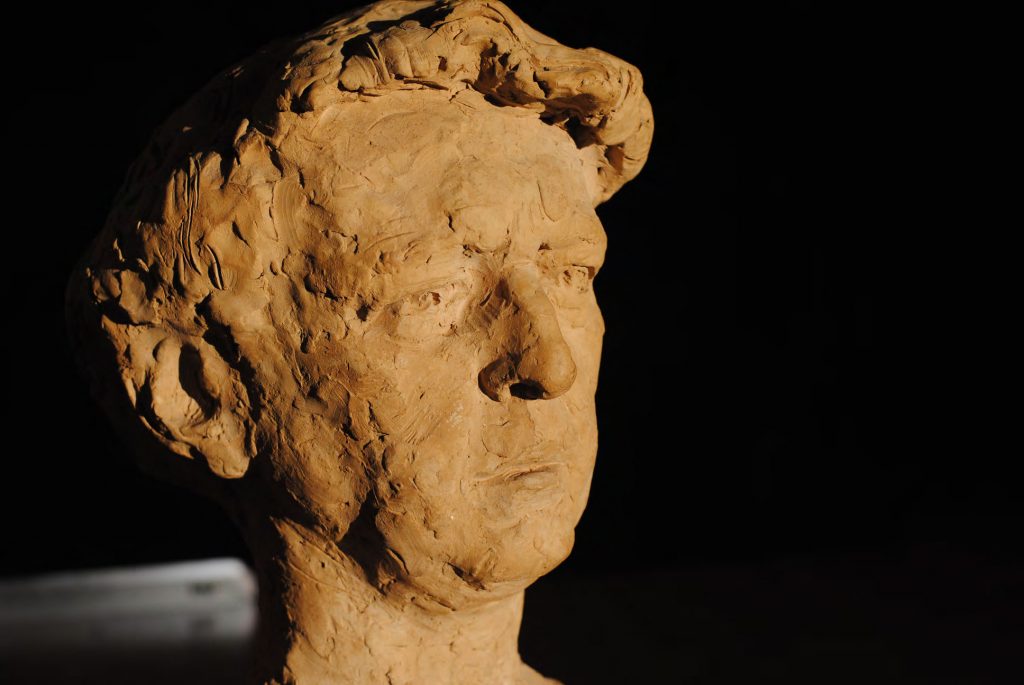
The archive at the Burgess Foundation contains plans for the Bracciano house, revealing it to be oddly shaped because it was built into the walls of the Castello Orsini-Odescalchi. Photographs which accompany the plans show the rustic appearance of the house, with large fireplaces, tiled floors and exposed roof beams. Burgess and his wife Liana acquired numbers 1 and 2 Piazza Padella, demolished the dividing walls, and renovated the two newly conjoined properties. The file includes a sketch by Burgess which shows his design for a new kitchen.
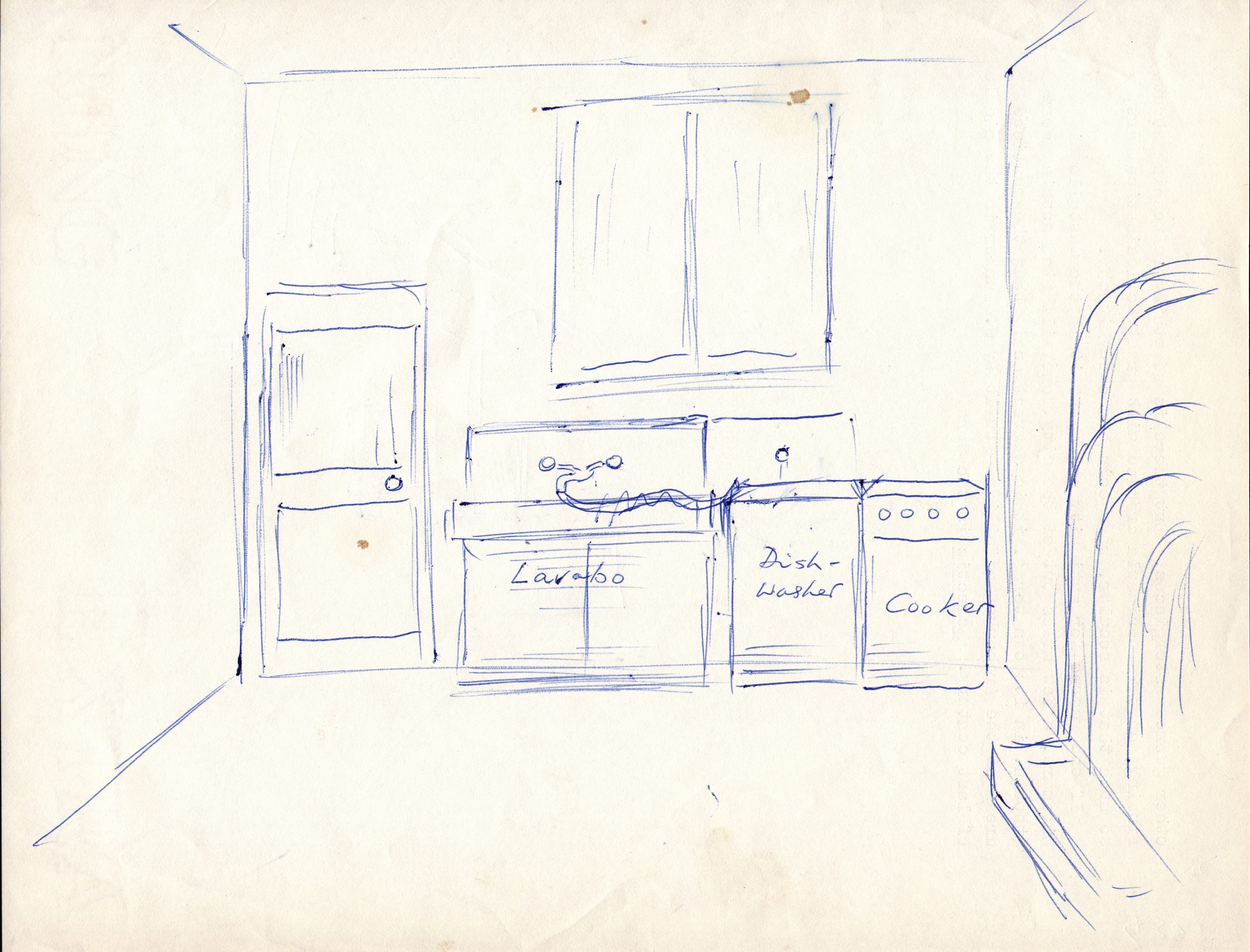
Bracciano is 30 miles north of Rome and stands on the banks of a lake, which is the flooded crater of a dormant volcano. The town immediately captured Burgess’s imagination, and it appears in the final chapter of M/F (1971), the novel he began in Malta and finished in his new house. The hero of the novel, Miles Faber has escaped from the island of Castita (loosely based on Malta) and has washed up on the shores of Lake Bracciano:
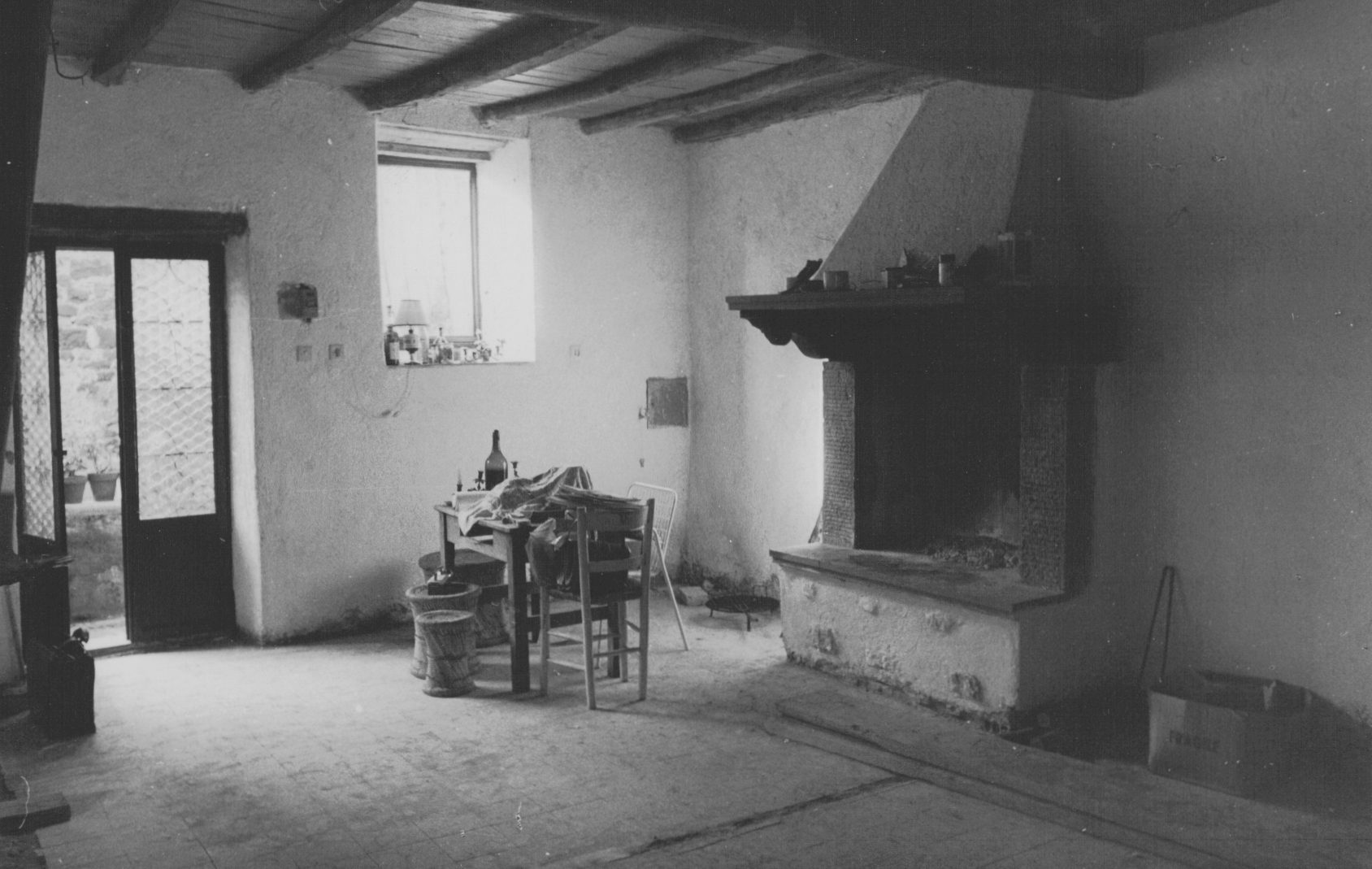
‘Lake Bracciano breaks on its shores like the North Sea, and from the cleared dining table on which I write I can watch the heads of foam racing in […] Prices are high here in Bracciano, but I get a good rate of exchange for my dollars […] This house on Piazza Padella is small, quite unlike our steel mansion in Stanford, Connecticut, or Ethel’s family’s palace in Kowloon. It lies under the wall of a castle. The castle, according to the local guidebook, serves as an example of military architecture of the XV century and is well preserved even if its vicissitudes were not among the most peaceful. It was object of many fights amongst which that between the Orsini and the Colonna families.’
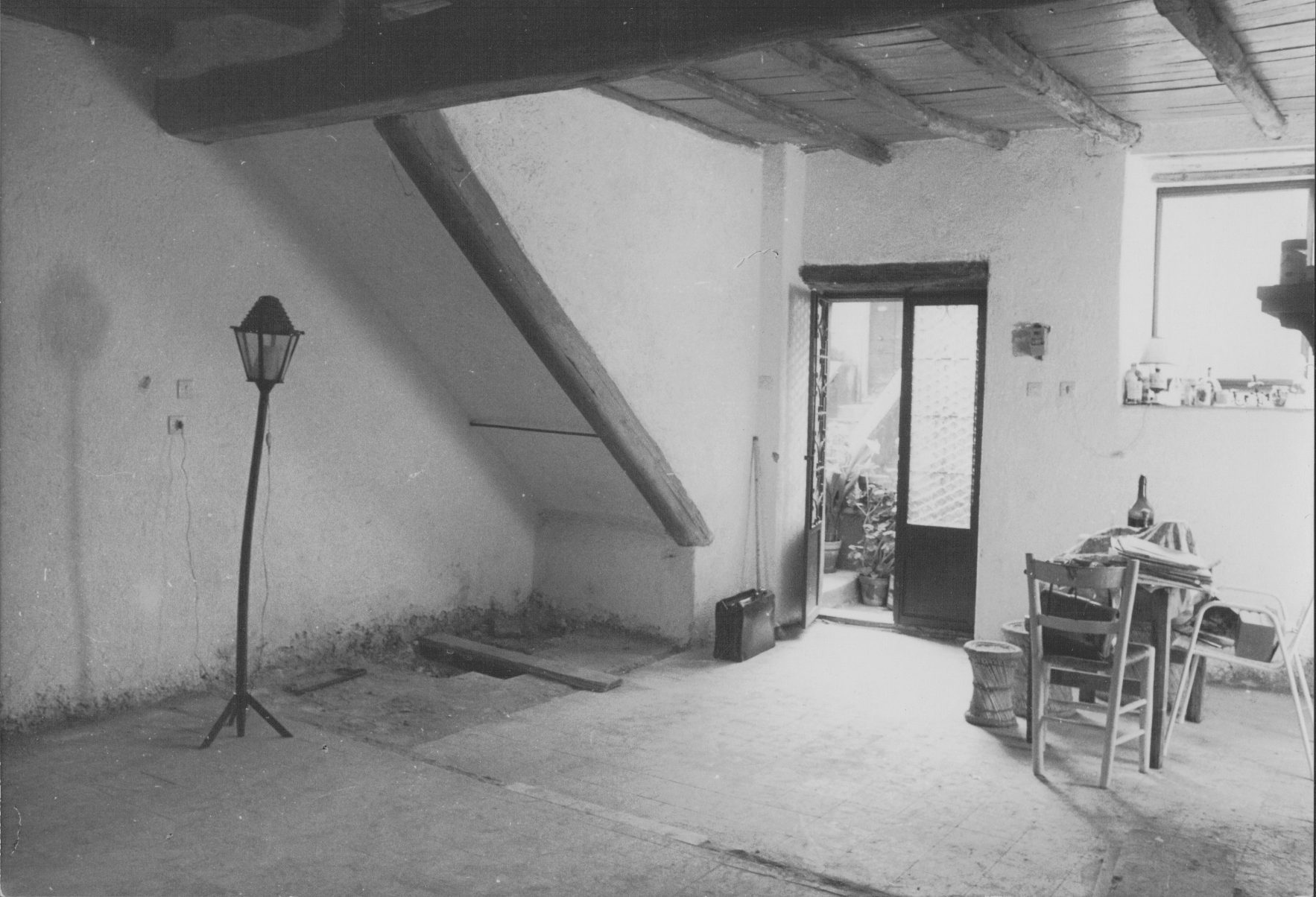
While Burgess lived in Bracciano, he also rented a flat in the Trastevere district of Rome. This apartment at 16A Piazza Santa Cecilia belonged to a friend of Liana’s, Bruno Miconi. It appears in both of Burgess’s Roman novels, Beard’s Roman Women (1976) and ABBA ABBA (1977). In the former, Ronald Beard moves into the flat after the death of his wife; in the latter it is the residence of Giovanni Gulielmi, a fictional doctor of letters from the University of Bologna.
In the second volume of his autobiography, You’ve Had Your Time, Burgess records his first impressions of Miconi’s apartment: ‘One wall of his flat was entirely covered by a blown-up portrait of Karl Marx.’ This can be seen in the below photograph, which shows Burgess’s son Paolo Andrea riding his tricycle below Marx’s enlarged face.
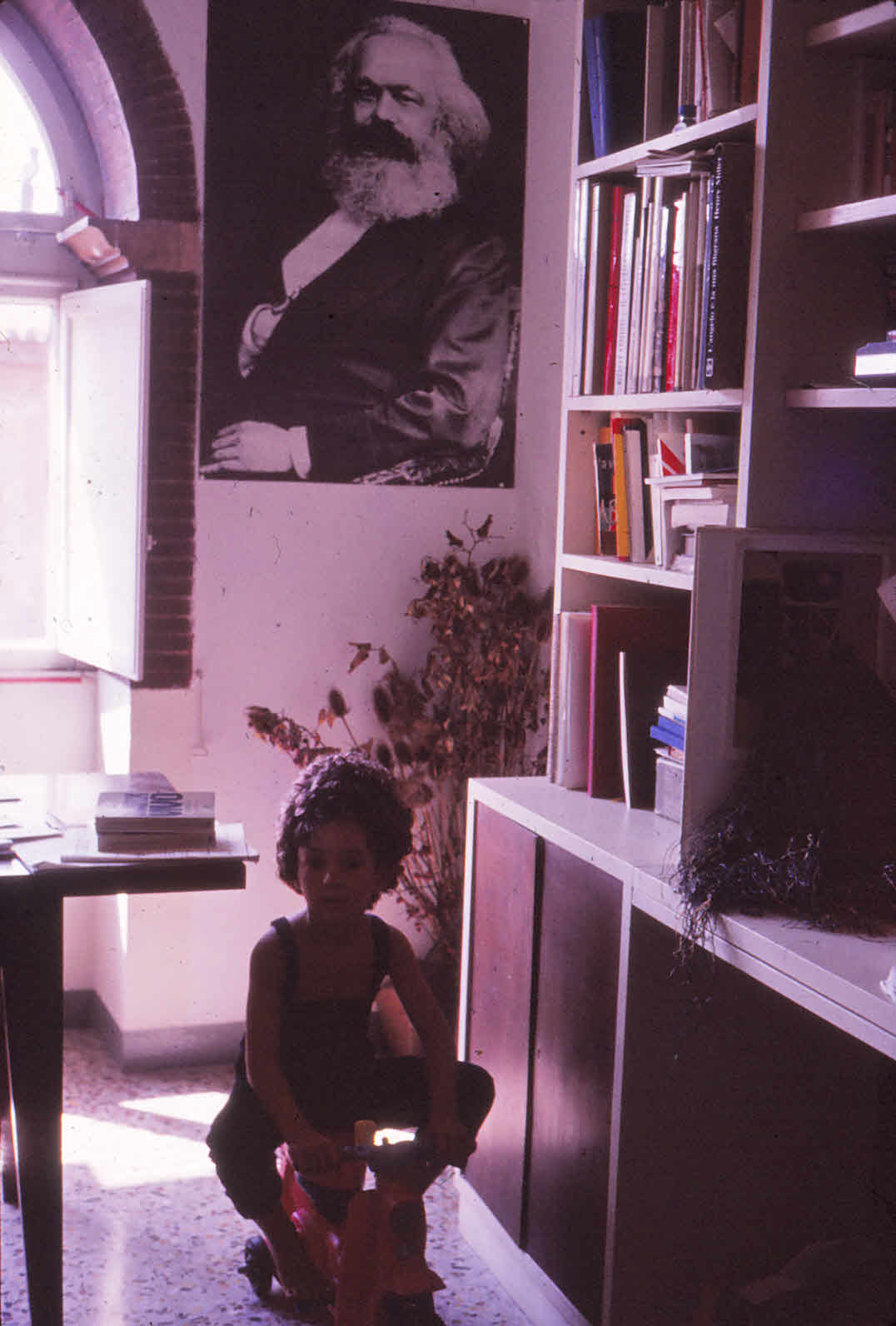
In Rome, Burgess discovered the work of Giuseppe Giaochino Belli, along with other Roman and Latin poets who persuaded him that his teachers at Xaverian College had not given him a complete picture of Rome: ‘When I was a young Catholic living in Manchester, the priests used to tell me that Rome was my mother. But others have told me (and these include the ancient Roman poets) that Rome is a whore […] Rome can be domineering, imperious, corrupt, vicious. But Rome can never be ungenerous. Rome gives all her sensual pleasures, without stint.’
Many of the objects in the Burgess Foundation’s archive were discovered in the house in Bracciano more than a decade after Burgess’s death. These include the Milton Hebald bust, the Steinway upright piano, and many of the books from his library. The house was eventually sold in 2004, the year after the International Anthony Burgess Foundation had been established by Liana Burgess.
The top image of the Burgess residence at 1 and 2 Piazza Padella appears with the kind permission of the photographer, Will Dixon.



